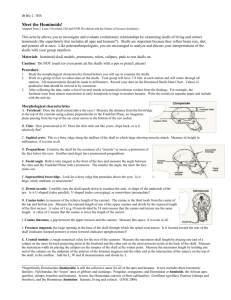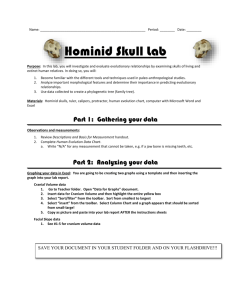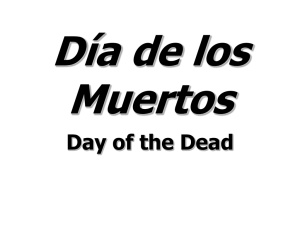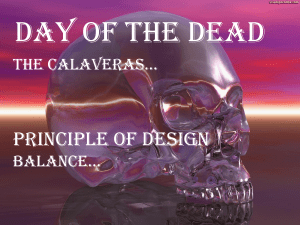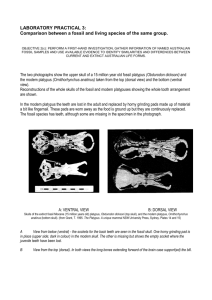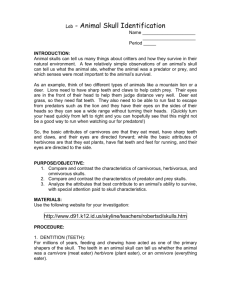Microsoft PowerPoint (Poster) - Bournemouth University Research
advertisement
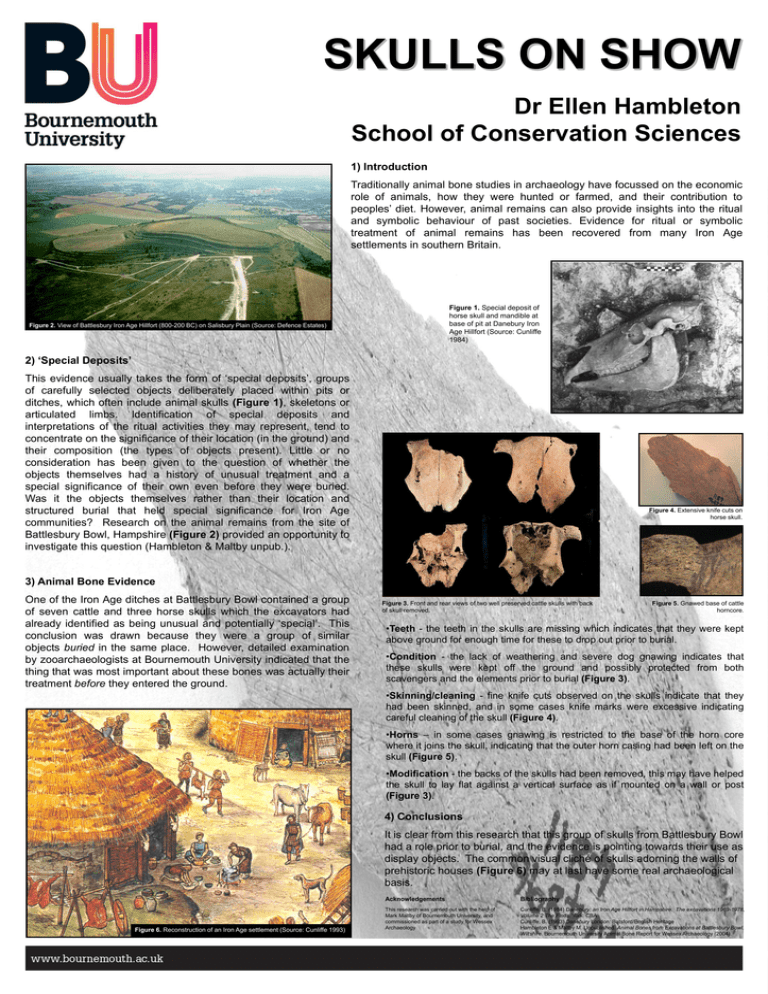
SKULLS ON SHOW Dr Ellen Hambleton School of Conservation Sciences 1) Introduction Traditionally animal bone studies in archaeology have focussed on the economic role of animals, how they were hunted or farmed, and their contribution to peoples’ diet. However, animal remains can also provide insights into the ritual and symbolic behaviour of past societies. Evidence for ritual or symbolic treatment of animal remains has been recovered from many Iron Age settlements in southern Britain. Figure 1. Special deposit of horse skull and mandible at base of pit at Danebury Iron Age Hillfort (Source: Cunliffe 1984) Figure 2. View of Battlesbury Iron Age Hillfort (800-200 BC) on Salisbury Plain (Source: Defence Estates) 2) ‘Special Deposits’ This evidence usually takes the form of ‘special deposits’, groups of carefully selected objects deliberately placed within pits or ditches, which often include animal skulls (Figure 1), skeletons or articulated limbs. Identification of special deposits and interpretations of the ritual activities they may represent, tend to concentrate on the significance of their location (in the ground) and their composition (the types of objects present). Little or no consideration has been given to the question of whether the objects themselves had a history of unusual treatment and a special significance of their own even before they were buried. Was it the objects themselves rather than their location and structured burial that held special significance for Iron Age communities? Research on the animal remains from the site of Battlesbury Bowl, Hampshire (Figure 2) provided an opportunity to investigate this question (Hambleton & Maltby unpub.). Figure 4. Extensive knife cuts on horse skull. 3) Animal Bone Evidence One of the Iron Age ditches at Battlesbury Bowl contained a group of seven cattle and three horse skulls which the excavators had already identified as being unusual and potentially ‘special’. This conclusion was drawn because they were a group of similar objects buried in the same place. However, detailed examination by zooarchaeologists at Bournemouth University indicated that the thing that was most important about these bones was actually their treatment before they entered the ground. Figure 3. Front and rear views of two well preserved cattle skulls with back of skull removed. Figure 5. Gnawed base of cattle horncore. •Teeth - the teeth in the skulls are missing which indicates that they were kept above ground for enough time for these to drop out prior to burial. •Condition - the lack of weathering and severe dog gnawing indicates that these skulls were kept off the ground and possibly protected from both scavengers and the elements prior to burial (Figure 3). •Skinning/cleaning - fine knife cuts observed on the skulls indicate that they had been skinned, and in some cases knife marks were excessive indicating careful cleaning of the skull (Figure 4). •Horns – in some cases gnawing is restricted to the base of the horn core where it joins the skull, indicating that the outer horn casing had been left on the skull (Figure 5). •Modification - the backs of the skulls had been removed, this may have helped the skull to lay flat against a vertical surface as if mounted on a wall or post (Figure 3). 4) Conclusions It is clear from this research that this group of skulls from Battlesbury Bowl had a role prior to burial, and the evidence is pointing towards their use as display objects. The common visual cliché of skulls adorning the walls of prehistoric houses (Figure 6) may at last have some real archaeological basis. Figure 6. Reconstruction of an Iron Age settlement (Source: Cunliffe 1993) Acknowledgements Bibliography This research was carried out with the help of Mark Maltby of Bournemouth University, and commissioned as part of a study for Wessex Archaeology Cunliffe, B. (1984) Danebury: an Iron Age Hillfort in Hampshire. The excavations 1969-1978, Volume 2 The Finds. York: CBA Cunliffe, B. (1993) Danebury London: Batsford/English Heritage Hambleton E & Maltby M. Unpublished. Animal Bones from Excavations at Battlesbury Bowl, Wiltshire. Bournemouth University Animal Bone Report for Wessex Archaeology (2004).



